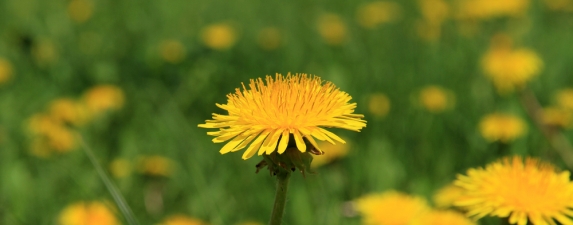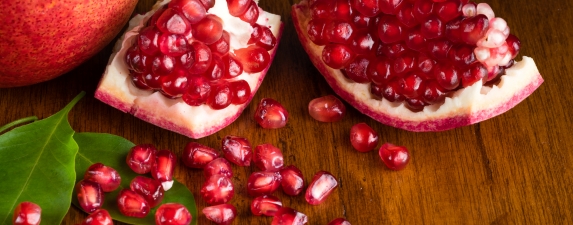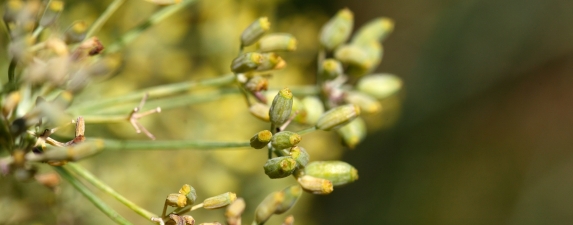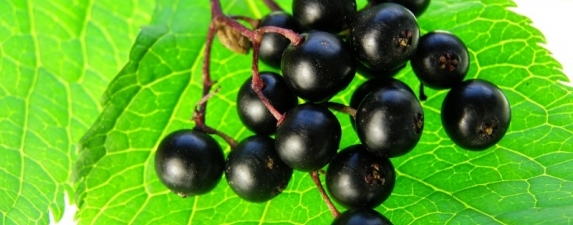Viewing Entries from the 'Featured Articles' category

Dandelion, from the genus Taraxacum, is a perennial flowering plant from the family Asteraceae. It is native to Eurasia and North America. The two most common species are Taraxacum officinale and Taraxacum erythrospermum, which were introduced from Europe, and now grow wild. They are edible from root to tip. The common English name is derived from French: Dent-de-lion, or “lion’s tooth.”[1]

If you want to learn something, you study it. Aromatherapy is no exception! To be considered competent and respected as a professional, take the steps with a professionally recognized school. The more you study aromatherapy, the more you will realize that educating yourself is a continual process. Since my first introduction to aromatherapy in 1994, it has taken me on extensive study and exploration. As the years have progressed, I am amazed at the continual updates and research available. Over the years, the practice of aromatherapy has significantly advanced. It has adopted more research and a holistic approach encompassing integrating a person’s health, both mentally and physically, using various applications and healing methods.

As mentioned, pomegranate (Punica granatum) was thought to be one of the first plants cultivated for its beneficial properties. Traditionally the leaves, seeds, juice, flowers, bark and roots were all used for their various effects, of which some of the most important are lowering fever, treating diabetes, diarrhea and ulcers, as well as stopping bleeding and acting as a blood tonic.¹³

Fennel (Foeniculum vulgare) is a perennial herb that is highly aromatic. It has been described as having the flavor of black licorice, or anise (Pimpinella anisum), but many find it to be much milder, which makes it suitable for a variety of applications. There are three different plant parts that are used in cooking: The seeds, the stalk/bulb, and the fronds.

There is actually literature which shows that some of the compounds found in elderberry can be helpful against prior Coronaviruses. These compounds do not function as simple immune boosters, but rather complex structures that may aid in reducing the replication of the virus (at least based on prior data with prior Coronaviruses).